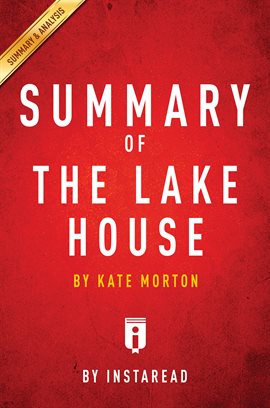



In a century when the Gothic has once again exploded in popularity, and following a period of strong institutionalization of its study in the 1990s and 2000s, establishing some of its key modern manifestations and core concerns becomes a pressing issue. The contemporary Gothic, drawing on an already fragmented and heterogenic artistic tradition, is less a genre than a vestigial type of writing that resuscitates older horrors and formulas and filters them through the echo chambers of a modern preoccupation with the social value of transgressive literature. The writings covered to by the umbrella term “Gothic” are so varied in style, thematic interests, and narrative effects that an overarching definition becomes problematic and even undesirable.


 0 kommentar(er)
0 kommentar(er)
